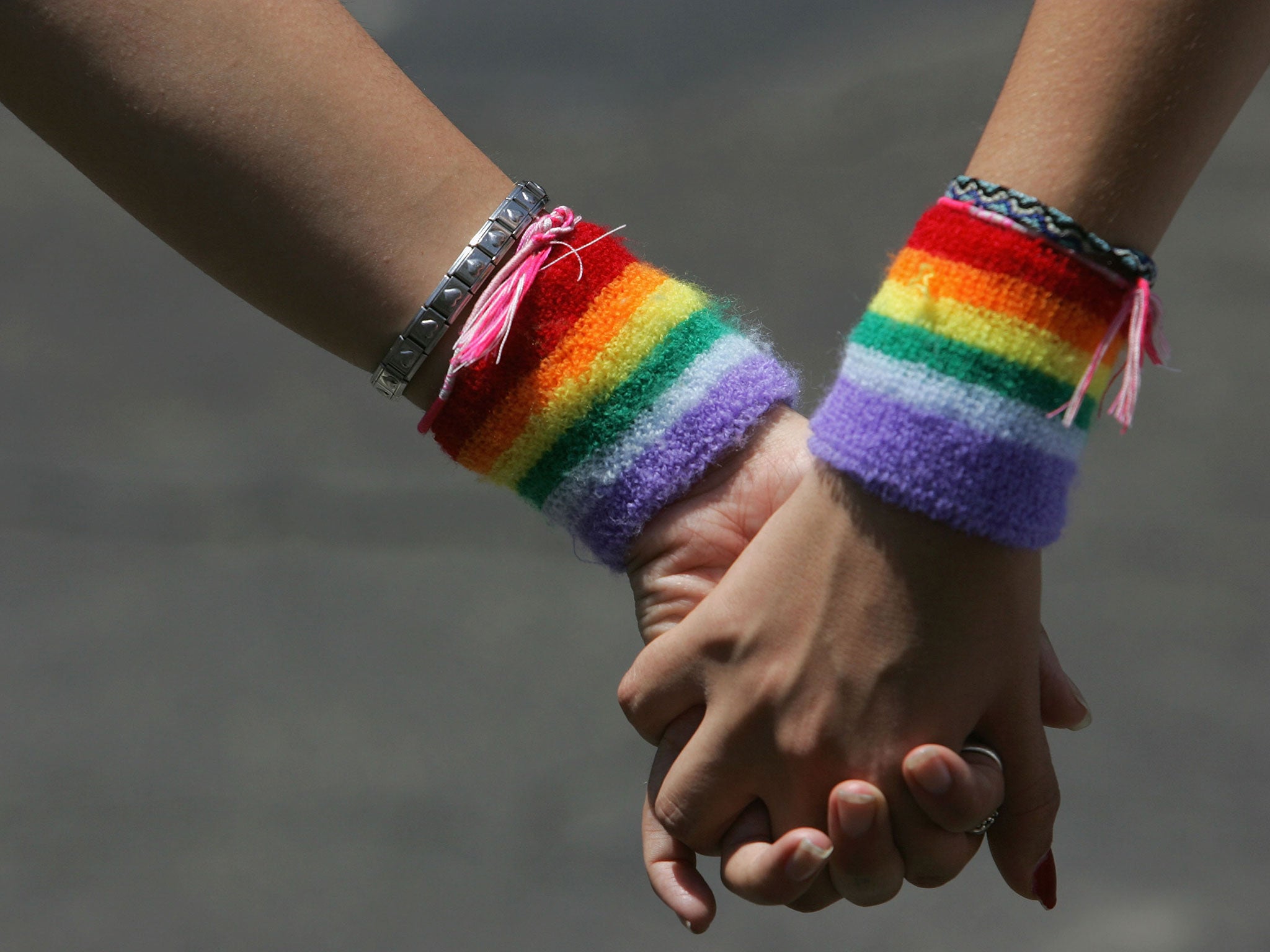Why lesbian teenagers still have sex with men
Lesbian teens in the US have more - and riskier - sex than their peers

Your support helps us to tell the story
From reproductive rights to climate change to Big Tech, The Independent is on the ground when the story is developing. Whether it's investigating the financials of Elon Musk's pro-Trump PAC or producing our latest documentary, 'The A Word', which shines a light on the American women fighting for reproductive rights, we know how important it is to parse out the facts from the messaging.
At such a critical moment in US history, we need reporters on the ground. Your donation allows us to keep sending journalists to speak to both sides of the story.
The Independent is trusted by Americans across the entire political spectrum. And unlike many other quality news outlets, we choose not to lock Americans out of our reporting and analysis with paywalls. We believe quality journalism should be available to everyone, paid for by those who can afford it.
Your support makes all the difference.Lesbian teenagers have sex younger, have more partners and engage in riskier practices than bi or heterosexual girls, a study has found.
One in five sexually active lesbian teenagers in the United States also reported recently having sex with a man, according to the research, published in the Journal of Adolescent Health.
In addition, lesbian teens reportedly lose their virginity at the average age of 13 years 9 months, which is significantly younger than bisexual (15 years 1 month) and heterosexual (15 years 6 months) girls.
Lesbian and bisexual adolescents also have considerably more sexual partners than straight girls, although bi teens reported having more sex with males.
The report suggests this could be because bi girls feel greater social pressure to have sex with men, or because they experience greater sexual pleasure doing so.
As for safe sex, lesbians were found to be much riskier then their peers, with less than a third saying they had discussed using condoms or dental dams with their most recent sexual partner.
The report suggests this may be because ‘lesbians are less likely to believe they are at risk for STIs when having sex’.
In comparison, nearly two thirds of bi girls and three quarters of straight girls said they had discussed the same issue with their partners.
Sexual orientation labels and sexual behaviour don't always align - especially during the teen years
Michele Ybarra, one of the co-authors of the study and president of the Center for Innovative Public Health Research, in San Clemente, California, said: "Our findings highlight that sexual orientation labels and sexual behaviour don't always align - especially during the teen years.
"This means that lesbian and bisexual girls may be having unprotected sex with boys - and with girls."
Another, the University of British Columbia’s nursing professor Elizabeth Saewyc said, "Sexual health education should be comprehensive and cover sexual health for everyone.
Programs need to teach all youth about safe sexual practices for the kinds of sex they're having, and that means teaching pregnancy prevention and condom negotiation skills to lesbian and bisexual girls too
"Programs need to teach all youth about safe sexual practices for the kinds of sex they're having, and that means teaching pregnancy prevention and condom negotiation skills to lesbian and bisexual girls too."
Co-author Margaret Rosario, a professor of psychology at City University New York agreed, saying: "Experimentation is normal, which is why adolescent health professionals need to make sure that every young person has the skills she needs to keep herself safe."
The study, co-authored by researchers from the University of British Columbia and the Graduate Center and City College of the City University of New York, used data collected online from nearly 3,000 US girls, aged 13–18 years.
Join our commenting forum
Join thought-provoking conversations, follow other Independent readers and see their replies
Comments